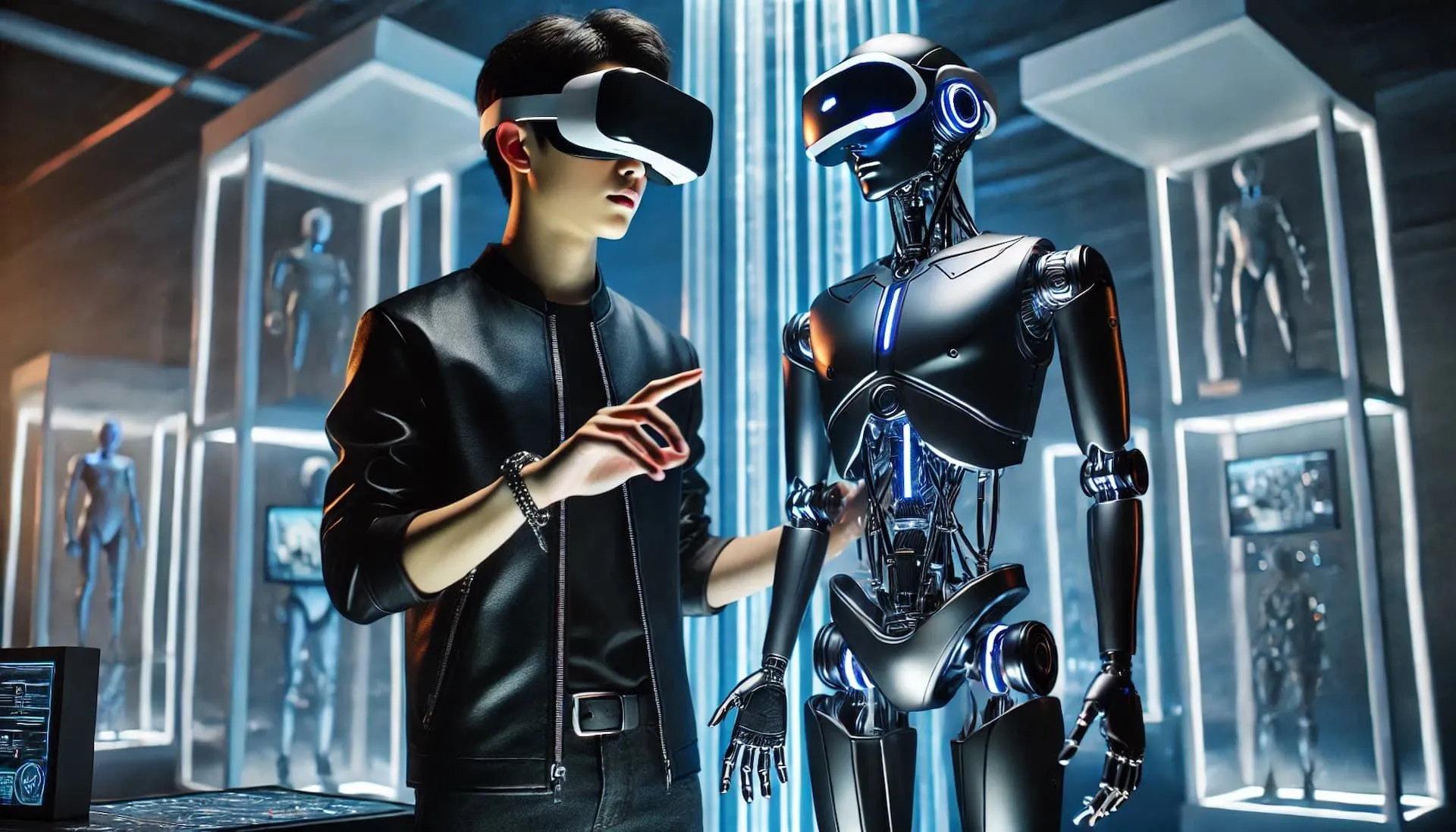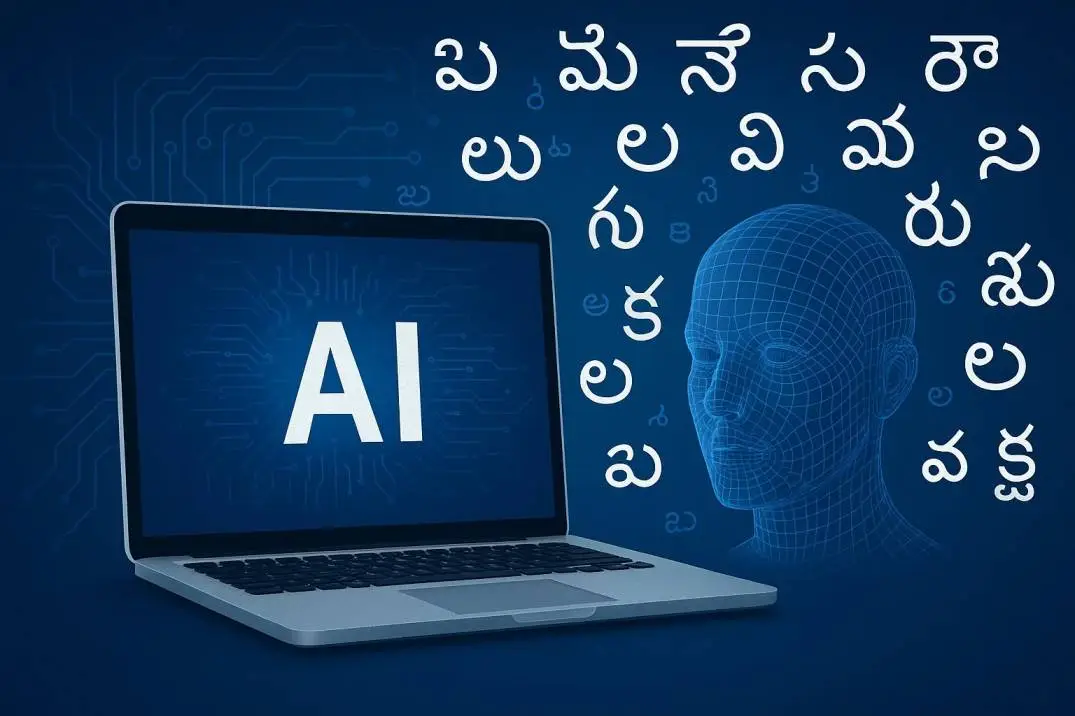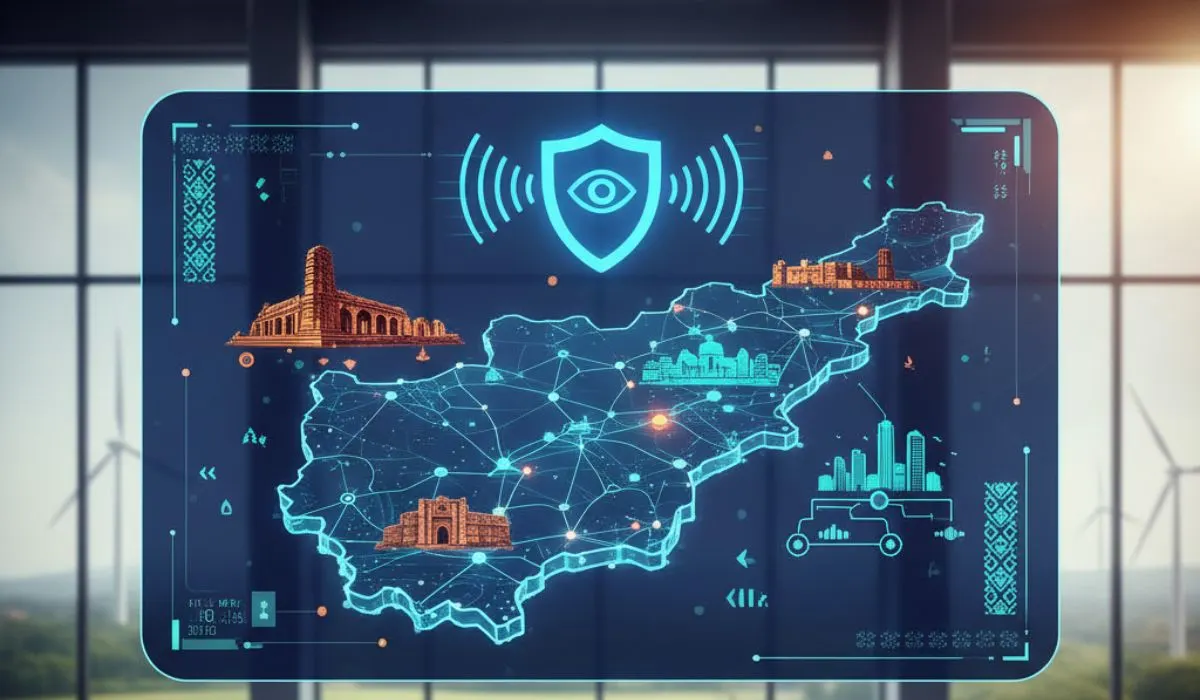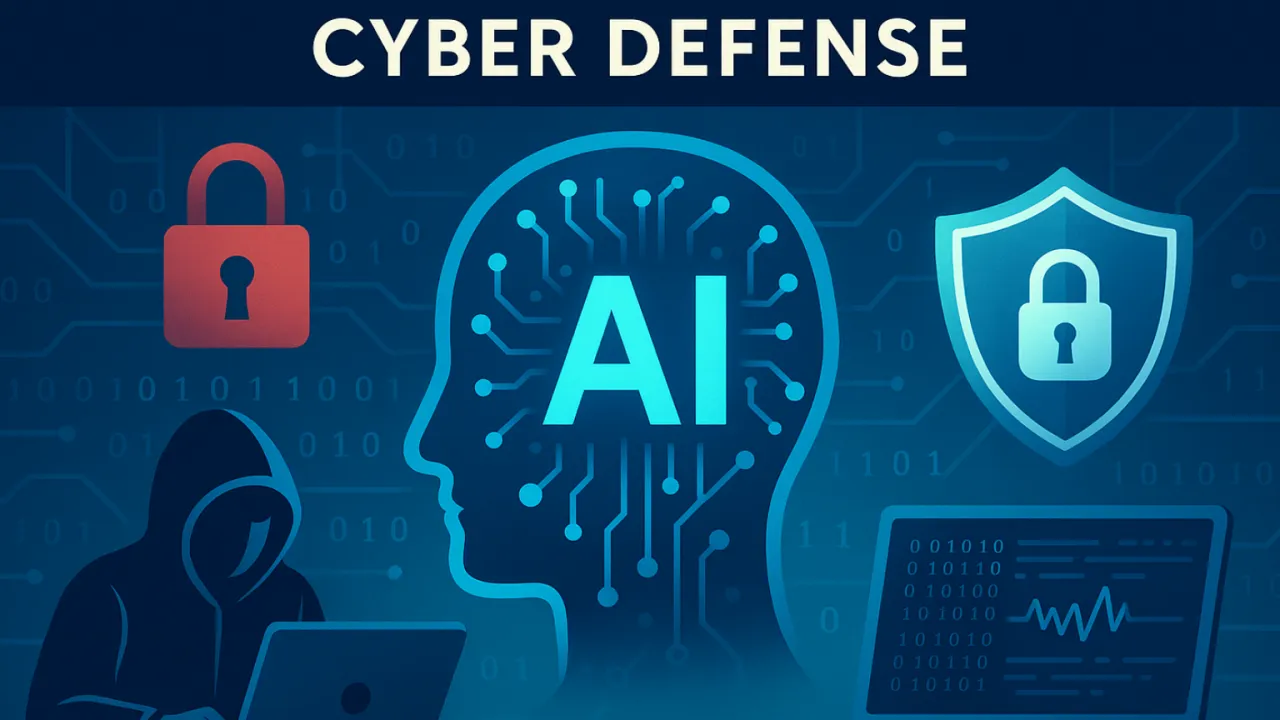Dungeons and Dragons and other tabletop role-playing games (TTRPGs) have traditionally depended on the imagination and creativity of the Dungeon Master (DM). The DM establishes the scenario, directs the story, and responds to the erratic decisions made by players. However, a new competitor is now making its way into the realm of storytelling and dice rolls: Artificial Intelligence Dungeon Masters. Tabletop gaming is developing into something genuinely revolutionary because to AI's capacity to create dynamic stories, create interactions, and even control laws in AI in Dungeons & Dragons.
Read Also: Samsung Galaxy A17 5G: Phone That Could Be a Hit in Bihar
What Is an AI Dungeon Master?
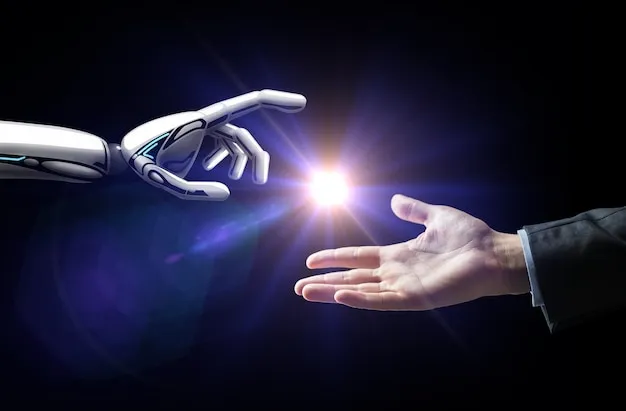
An AI Dungeon Master is a computer program that mimics the function of a human DM using sophisticated machine learning and natural language processing models. These AI-powered instruments can:
- Make narratives that are dynamic.
- Instantaneously react to player activities.
- Control the fighting mechanisms and in-game regulations.
- Generate vivid worlds with amazing detail.
- AI Dungeon, GPT-powered homemade DMs, and new tabletop platforms with AI capabilities are well-known examples.
A seat at the table for AI
Imagine gathering with friends for a classic session of Dungeons & Dragons. Snacks in hand, dice ready. But instead of your usual Dungeon Master witty, dramatic, and human you're greeted by a synthetic narrator powered by GPT-4. Welcome to the evolving world of AI Dungeon Masters, where code meets creativity and algorithms craft your next epic.
Players and developers are now experimenting with AI as either full replacements or assistants for traditional DMs. The appeal? Unlimited improvisation, 24/7 availability, and boundless creativity all wrapped in one endlessly patient digital storyteller.
The experiment that shook the community
A recent graduate project made headlines by training a specialized AI DM using a combination of official D&D modules and fan-favorite transcripts from shows like Critical Role. The result? Surprisingly immersive narratives—but not without sparking debate. While some hailed it as groundbreaking, others questioned the authenticity and ethics behind using such content. This experiment cracked open the big question: Can AI truly replicate the emotional depth and moral ambiguity of a human storyteller?
You May Also Like: Google Pixel 10: AI Flagship Phones Launching This August
The power and promise of AI in storytelling
Today’s AI Dungeon Masters aren’t just rule-following machines—they’re aspiring bards. Models like GPT-4 can generate vivid landscapes, juggle dozens of NPCs, and improvise quests on the fly. Fine- tuned on specific lore, these models have shown they can create cohesive, thematically rich experiences. From rule adjudication to branching storylines, AI offers a fresh lens for gameplay. Its impartiality, lightning-fast processing, and encyclopedic recall make it a compelling companion for both new and seasoned players.
But can AI feel the drama?
Despite their strengths, AI DMs falter when it comes to emotional nuance. They struggle to maintain long- term narrative memory, often recycling tropes or mishandling morally complex choices. The lack of intent —a human storyteller’s compass—makes it difficult for AI to land emotionally resonant moments. Where human DMs infuse stories with empathy, intuition, and spontaneity, AI still plays catch-up. It can mimic tone and structure but lacks the emotional intelligence to craft arcs that truly move players.
The advantages of an always-on DM
Still, AI brings undeniable perks to the table. It never cancels. It doesn’t fatigue. For solo players, casual gamers, or socially anxious individuals, an AI DM can be a game-changer. It can manage lore, control dozens of NPCs, and instantly generate quests or item stats.
Here’s what it can do:
- Run campaigns anytime, anywhere
- Enforce rules without bias
- Support multilingual playgroups
- Help train beginner DMs
- Offer creative prompts and story twists
- Maintain consistent world-building and lore
When used as a co-DM or creative assistant, AI becomes a powerful storytelling ally not a replacement, but a collaborator.
The Ethical and Legal Shadows of AI-Driven Play
But with great innovation comes great controversy. Many AI DMs are trained on copyrighted content sometimes without consent. The use of Critical Role transcripts and fan-created lore in training datasets has raised red flags in both legal and ethical circles.
Concerns include:
- Unauthorized use of creative works
- Misrepresentation of original creators’ intent
- Monetizing fan-made content
- Reinforcement of stereotypes or GPT-powered game master
If AI is to grow as a force in RPGs, transparency and ethical frameworks must evolve alongside the technology.
The Hybrid Future: AI Human Storytelling Powerhouse
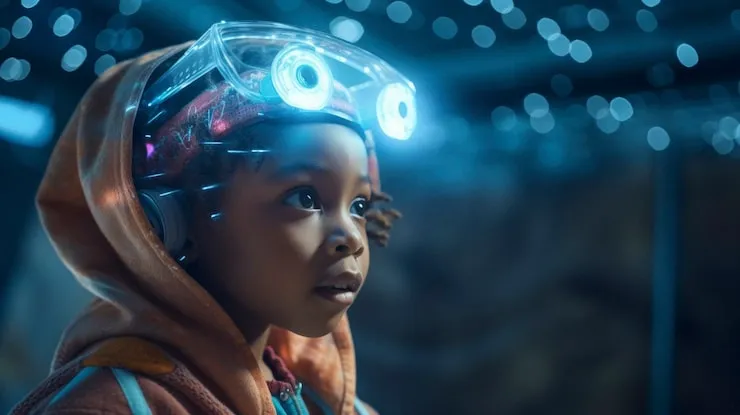
Rather than replacing human Dungeon Masters, the real promise of AI lies in augmentation. Game design communities are actively exploring hybrid models where AI handles logistics—stat sheets, inventory, minor NPCs—while human DMs focus on emotion, drama, and world-shaping.
Picture this:
- AI-generated town backstories
- Instant NPC dialogue prompts
- Lore tracking across sessions
- Surprise event generation
With clearly defined roles and proper integration, these partnerships could elevate campaigns to new creative heights.
Designing for a Shared Spotlight
As AI and humans share the narrative load, thoughtful design becomes key. Software platforms are beginning to embed AI tools directly into virtual tabletops, with transparency and player awareness baked in. Tagging AI-generated content, setting boundaries, and maintaining a consistent tone ensures harmony between human storytelling and machine precision.
Guidelines for balance:
- Let AI manage repetitive tasks
- Use it for side quests and flavor text
- Keep key plotlines human-controlled
- Provide transparency in narrative origin
- Encourage player feedback on AI input
Final thoughts: A brave new world of storytelling
The emergence of AI Dungeon Masters signals a pivotal moment in gaming history. These tools democratize access, support new players, and offer DMs creative breathing room. But they also challenge us to rethink authorship, emotion, and the soul of storytelling. The In order to create richer, more immersive worlds, AI and human storytellers may collaborate together in hybrid systems in the future. Together, we can open up novel avenues by accepting innovation while keeping the core of human creativity. In the end, the best Dungeon Masters might not be human or machine but something uniquely born from both.



